A Guide to Eye Drops: Types and When to Use Them
Eye drops can provide quick relief for common eye concerns such as dryness, allergies, and redness. However, not all eye drops serve the same purpose. With so many options available, choosing the right one can be confusing.
To help you navigate the different types of eye drops, here’s a guide to three common varieties and when to use them.
1. Anti-Allergy Eye Drops
If your eyes become itchy, watery, or red during allergy season, anti-allergy eye drops may be your best solution. These drops contain antihistamines, which help block your body’s allergic response to common irritants such as:
- Pollen
- Dust
- Pet dander
- Mould
- Grass
When allergens come into contact with your eyes, your body releases histamines, which trigger inflammation, itchiness, and excess tear production. Antihistamine eye drops counteract this response and provide temporary relief from symptoms.
How to Use Anti-Allergy Eye Drops
- Follow the instructions on the bottle, as most brands recommend using them one to four times per day.
- Avoid overuse, as some allergy drops can cause a rebound effect, making symptoms worse with prolonged use.
- If you wear contact lenses, check with your optometrist before using allergy drops, as some brands are not compatible with contacts.
If you have severe allergic reactions that result in significant swelling or discomfort, your optometrist may recommend anti-inflammatory eye drops. These contain nonsteroidal anti-inflammatory drugs (NSAIDs) or mild steroids, which help reduce swelling and discomfort around the eyes.
2. Lubricating Eye Drops (Artificial Tears)
Dry, irritated eyes are a common problem, especially for people who spend long hours staring at screens, wear contact lenses, or experience seasonal dryness. Lubricating eye drops, often referred to as artificial tears, are designed to hydrate and soothe the eyes by mimicking your natural tears.
When to Use Lubricating Eye Drops
- If your eyes feel dry, scratchy, or fatigued, especially after prolonged screen time.
- If you spend time in environments with dry air, such as heated or air-conditioned rooms.
- If you wear contact lenses and experience discomfort (be sure to choose a contact lens-friendly formula).
There are two main types of lubricating eye drops:
- Preservative-Free Drops: Ideal for people with sensitive eyes or those who use eye drops frequently throughout the day.
- Drops with Preservatives: Suitable for occasional use but may cause irritation with prolonged use.
Some artificial tears also contain additional ingredients like electrolytes and lubricants, which help improve tear film stability and support long-term eye health.
3. Decongestant Eye Drops (Redness-Relieving Drops)
Many people reach for decongestant eye drops when their eyes appear red or bloodshot. These drops contain vasoconstrictors, which temporarily shrink the blood vessels in your eyes, making them look whiter and less irritated.
When to Use Decongestant Eye Drops
- If your eyes appear red and tired after a long day.
- If you need to reduce redness for a short period, such as before an event or meeting.
While these drops can be effective, they should be used sparingly. Overuse can lead to a rebound effect, where redness returns even worse than before. For this reason, it’s best not to use them for more than three to four consecutive days.
Additionally, decongestant eye drops don’t address the underlying cause of eye redness. If your red eyes are caused by dryness, allergies, or irritation, lubricating or anti-allergy drops may be a better long-term solution.
Choosing the Right Eye Drops
The key to selecting the best eye drops is determining the cause of your symptoms. Here’s a quick reference guide:
- For dry, tired eyes → Lubricating eye drops (artificial tears)
- For allergy-related itchiness → Anti-allergy eye drops
- For occasional redness → Decongestant eye drops
If you experience ongoing discomfort, vision changes, or persistent redness that doesn’t improve with over-the-counter drops, it’s important to consult an optometrist. Certain eye conditions, such as eye infections, corneal abrasions, or chronic dry eye syndrome, require professional treatment.
Eye Care Solutions in Edmonton
At Optometrists’ Clinic Inc., we provide expert eye care solutions for patients of all ages. Whether you need an eye exam, new prescription lenses, or advice on choosing the right eye drops, our team is here to help.
We also offer a wide range of eye care products, including prescription eye drops and specialty contact lenses.
Book an appointment today at one of our five locations in Edmonton, Leduc, or Westlock to ensure your eyes stay healthy and comfortable.




